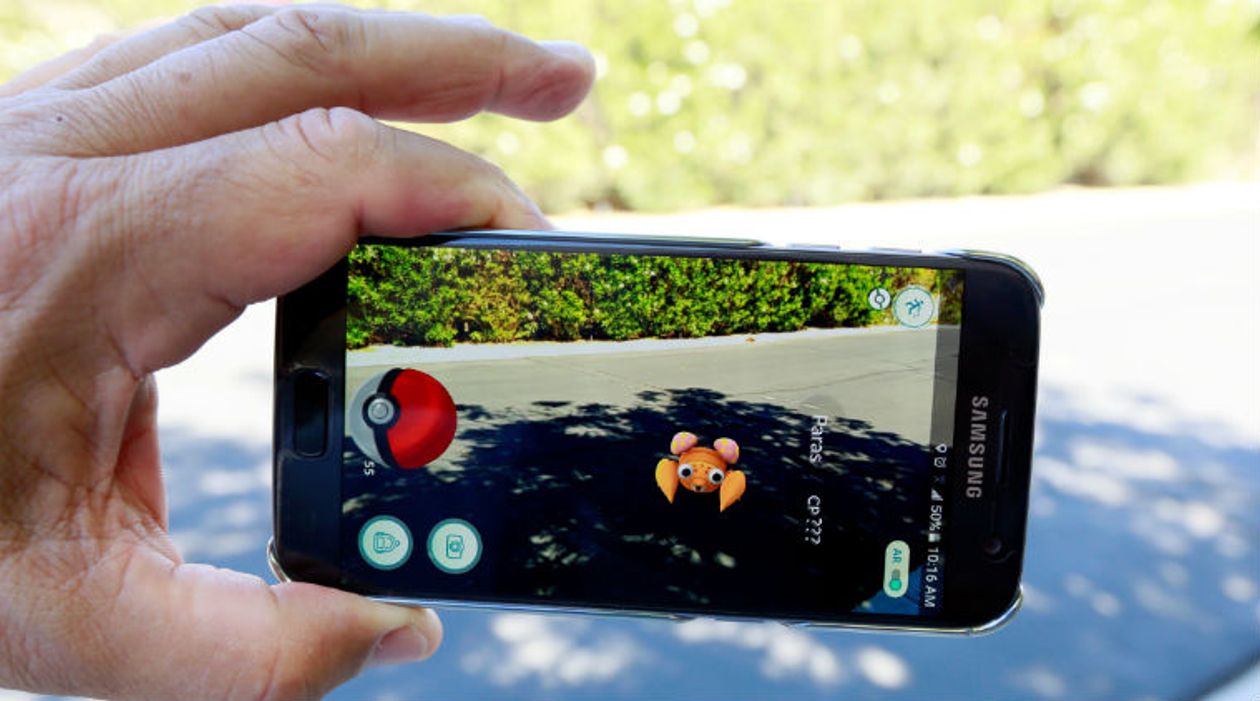The Difference Between Virtual Reality & Augmented Reality
by 900lbs of Creative

In the world of emerging technology, virtual and augmented reality are taking the entertainment and marketing industries by storm. At 900lbs, most (if not all) of our projects involve some sort of alteration of reality. Experiential design jargon is casually thrown around our innovation studio quite often, so it’s easy to forget that this stuff needs explaining if you haven’t had the chance to experience these exciting alternate realities yourself. You may be a bit confused on what they each actual are, or how they are different from each other at all. While both augmented and virtual reality are usually implemented to achieve similar goals– to entertain the user and enhance their experience– there are some fundamental differences between the two.
Let’s break it down:
Virtual reality is an artificial, computer-generated simulation or recreation of a real life environment or situation. The goal of virtual reality is to replace actual reality completely. It immerses the user by making them feel like they are experiencing the simulated reality firsthand, primarily by stimulating their vision and hearing. Virtual reality generally accomplishes this feat through a controller that the user wears around their head. An entirely new digital world is created. Currently at 900lbs, we’re working hard with the Dallas Innovation Alliance to bring our town to the forefront of smart cities in America using virtual reality. In the past, we’ve collaborated with the Boy Scouts of America to create exciting virtual reality experiences. We built a holodeck, a virtual reality room, to simulate outdoor activities like zip lining in order to raise awareness for how fun joining the Boy Scouts can be. Out of the 4,245 people that attended, 98% enjoyed the experience and 67% were interested in scouting.
And now the other:
While virtual reality absorbs the user into an entirely new universe, augmented reality combines the real world with some components of an alternate reality. Augmented reality is a technology that layers computer-generated enhancements atop an existing reality in order to make it more meaningful through the ability to interact with it. Augmented reality is developed into apps and used on mobile devices like phones and tablets to blend digital components into the real world in such a way that they enhance one another. In order for augmented reality to succeed, it’s necessary to suggest that both the digital and real objects exist in the same space, but are still distinguished from each other. Confused? Here is a great example of augmented reality in our work with Vespa. And if for some reason you haven’t downloaded the app for yourself, Pokemon GO is a great example of augmented reality in gaming, and it is estimated that 75 million have downloaded the game so far.
If before you had any trouble distinguishing these rapidly up and coming technologies in the past, we hope this blog post helped you become the alternate reality genius you were always meant to be. But if this article wasn’t enough, or you want to know more about virtual and augmented reality and how it can help your business, contact us! We’d love to chat.

